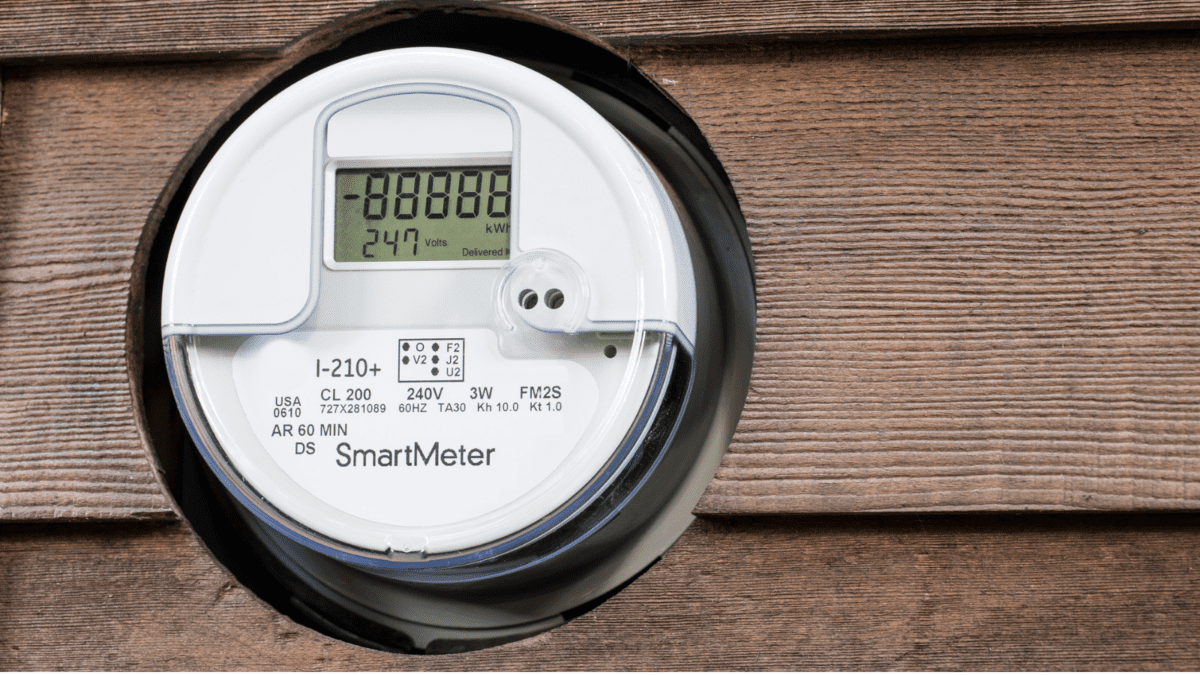AUD heading to $0.80 says AMP Capital
As 2020 came to a close, I attended AMP Capital’s 2020 review and outlook for 2021, titled From Pandemic to Recovery,” at which the star speakers were the firm’s chief economist, Shane Oliver, and senior economist, Diana Mousina.
Oliver began by acknowledging that 2020 “had certainly been an unprecedented year for Australia and global markets, starting off with the January bushfires and then the ongoing financial impacts from the COVID-19 pandemic.” The year was dominated almost entirely by coronavirus, however Australian equities pushed through on the back of massive government stimulus and, toward the end of the year, vaccine optimism.
Oliver and Mousina reflected on the year just gone and answered the most frequently asked questions in 2020. Here are some of their responses:
What is the economic and investment outlook for 2021?
Both Oliver and Mousina agreed that any COVID recovery won’t be a swift or smooth one, but rather a slow and bumpy ride, especially for Europe and the US, which are yet to hit their peak in this painful journey. That aside, the effect of massive government stimulus together with a highly effective vaccine should set the scene for 2021. Oliver noted the following points as key to the recovery:
- Underlying inflation to remain low until spare capacity is used up;
- Global monetary and fiscal stimulus to remain significant;
- Australian fiscal stimulus is around 11% of GDP, at the high end of comparable countries;
- The RBA cash rate is now 0.1%; QE and no rate rise for at least three years;
- Shares likely to provide good returns on a 6 to 12-month view;
- Australian assets to benefit from better virus control, better stimulus;
- What to watch: coronavirus and vaccines, unemployment and underemployment, tensions with China.
How has Australia’s economy fared in 2020? More positives than negatives for 2021?

While the US continuously hits record high coronavirus cases, Australia has largely defeated the virus, yet it would seem Australian shares have lagged the US (chart above). In the short term, expect news to remain coronavirus-focused but hopefully stimulus and vaccine success will bring potential share market upside. The inflation backdrop will be benign as low interest rates will go through 2021. Oliver and Mousina highlighted positives and negatives for 2021:
Negatives
- Further blows to globalisation, boost to US/Aus-China tensions;
- Higher inequality, social dislocation;
- Bigger government/increased public debt;
- Risk of higher inflation long-term, with money printing;
- Impact on airlines (less business travel), retail (more online) and office demand (increased work from home);
- Consumer caution;
- Lower immigration to Australia;
- Oliver says lower immigration could have a huge downward effect on the Australian economy.
Positives
- ‘Lower-for-even-longer’ interest rates;
- Faster embrace of technology = increased productivity (e.g. less business travel, more online learning);
- More European integration.
Oliver also touched on the US election saga, which was still unfolding. The reality is that Joe Biden won. Trump thought courts would help him win but judges were his harshest critics. US Supreme court judges have all rejected challenges to Biden’s victory. Oliver expects this noise to continue for a little while longer, but it will not change anything. Biden’s strengths are when it comes to US engaging with its allies to take on China. This is the reason markets are rallying. It sees Biden as a positive for global shares – which is a positive for Australia.
How is Australia going, relative to counterparts?

Mousina was fairly bullish on Australia. Having largely defeated the virus, Australia will come through this period better than many countries which should benefit Australian assets and the $A. Victoria did drag the country down by roughly 2 percentage points of GDP in the September quarter (GDP rose by 3% in that quarter). But for the December quarter, we should see GDP rise above 3%. Whereas the rest of the world (excluding the US) faces negative GDP growth for quite some time.
Five reasons to expect a stronger recovery in the Australian economy relative to comparable countries in the year ahead: 1. Better virus control. 2. Better stimulus than most 3. Exposure to Asia/China. 4. A recovery in mining investment. 5. Leverage to a cyclical recovery globally.
Some things to watch out for are Job Keeper, which will wrap up early in 2021. There may be a large number of under-employed and unemployed people that hit the economy at the same time particularly with CBDs still deserted. Expect more tax cuts next year. And of course a big cost of all this is debt.
Mousina agreed that debt is high when compared to what Canberra had projected the year prior, which was a surplus. But had the government not acted in such a way, we’d have a much weaker economy. The debt-to-GDP ratio remains low. With 1% bond yields, the key here is that the “level of economic growth is a lot higher than the debt level. In other words, the government will grow our way out of debt.”
Finally to end the webinar, Oliver and Mousina gave their view on the major asset classes for the next 12 months:
- Cash – offers very poor returns, around 0.1% or less.
- Bonds – expect very low returns, given very low starting-point yields.
- Shares – vulnerable to short-term volatility, but should deliver solid 6-12 month returns.
- Residential property – likely to see some more short-term downside in inner-city Sydney and Melbourne but houses, outer suburbs, regions and other cities are likely to rise in value.
- Unlisted commercial property and infrastructure – the hit to economic activity (work-from-home, online retail, and less travel) will weigh on near-term returns. but expect medium-term benefit from lower-for-longer interest rates.
- $A – is likely to be higher in 12 months, at about $US0.80.









